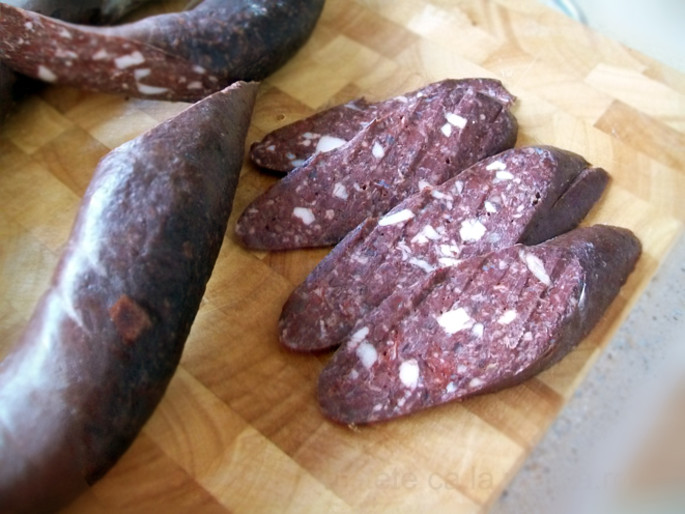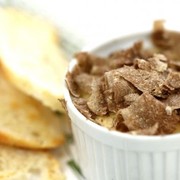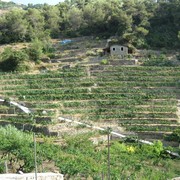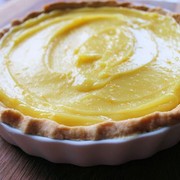There are well-defined rules that regulate the sacrifice of "sacred" animal on certain moments of the year, such as the sacrifice of the pig for the Christmas holidays and the sacrifice of the lamb for Easter. All proceeds, even in the present day, according to the sacred rules respected ad literam.
Time ago, Christmas wasn’t only a great dinner with the family and the dearest, it was much more. It began with 40 days before Christmas, that is 24 December, a date that marked the beginning of Advent, a period of fast when no meat or fish could be eaten you until December 24. However, on December 20th there is the Saint Ignat or the Pig’s Ignat is a celebration "dedicated" to sacrifice the pig.
It must be said that the ritualistic sacrifice of the pig at Christmas comes from a pre-Christian period, otherwise it could not be explained its great importance that is given to this animal during Christian holidays, so that his symbolist in the Christian religion is assimilated to the devil. The explanation lies in the fact that the Orthodox Church is more permissive with this and other beliefs and pagan rituals. Although we are in the Advent period, according to Christianity, this feast is respected anyway, even if it contradicts the abstinence from meat.
For accordance with the Church, in some places the pig is sacrificed for Eve or for Saint Vasile, or soon after. The culinary preparations, results from the sacrifice of the pig, were prepared only by men and only according to the traditional rules, in a ritualistic atmosphere.
Among the traditional preparations of Banat it can be mentioned the borândău, a specialty that collects leftovers of the meat from other preparations to which is added onion, pork blood, sweet white wine, corn flour, salt, pepper and bay leaves for the taste; traditional sausages and those to which it is added the pork blood, also called traditionally sângerete or Carnati din sânge; or bundărete prepared by pig blood, as the main ingredient, in addition to spices, a sacred culinary specialty, a symbol of prosperity and abundance.
As we have seen the blood of the sacrificed animal is collected and stored for later use it specifically to the preparation of the specialties which are very in Banat. Regarding the meat used for the filling of the sausage, there are various combinations, namely: pork meat with the meat of sheep, beef, goat, and game, such as wild boar meat, hare, and so on.
There are also the sausages without pork, as visli or virşli original of Haţeg, made with goat meat and mutton, the Pleşcoi sausages of Valea Buzaielor with spicy beef meat filling.
There are even expressions related to the famous sausage:
"Cârnat crud ," or the raw sausage or fresh, freshly prepared;
"A ploua cu cârnat ," or "rains with sausages", to indicate the abundance;
"A lungi cânatul,", or losing time or gaining time.
Bibliography:
1. Gheorghe Secheşan, Tradiţii şi obiceiuri culinare bănăţene, Ed. Eurostampa, Timişoara, 2012,
2. Ion Ghinoiu, Vârstele timpului, Ed.Meridiane, Bucureşti, 1998.


















